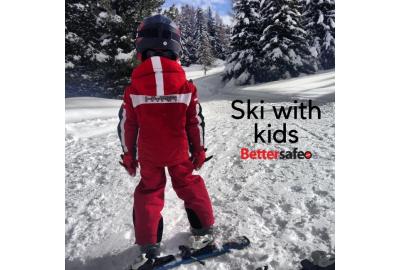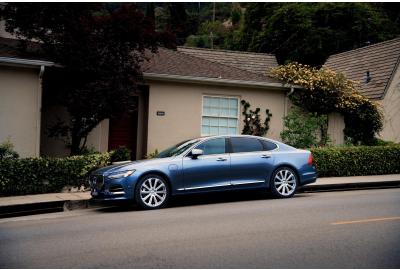
Driving In Snow & Ice
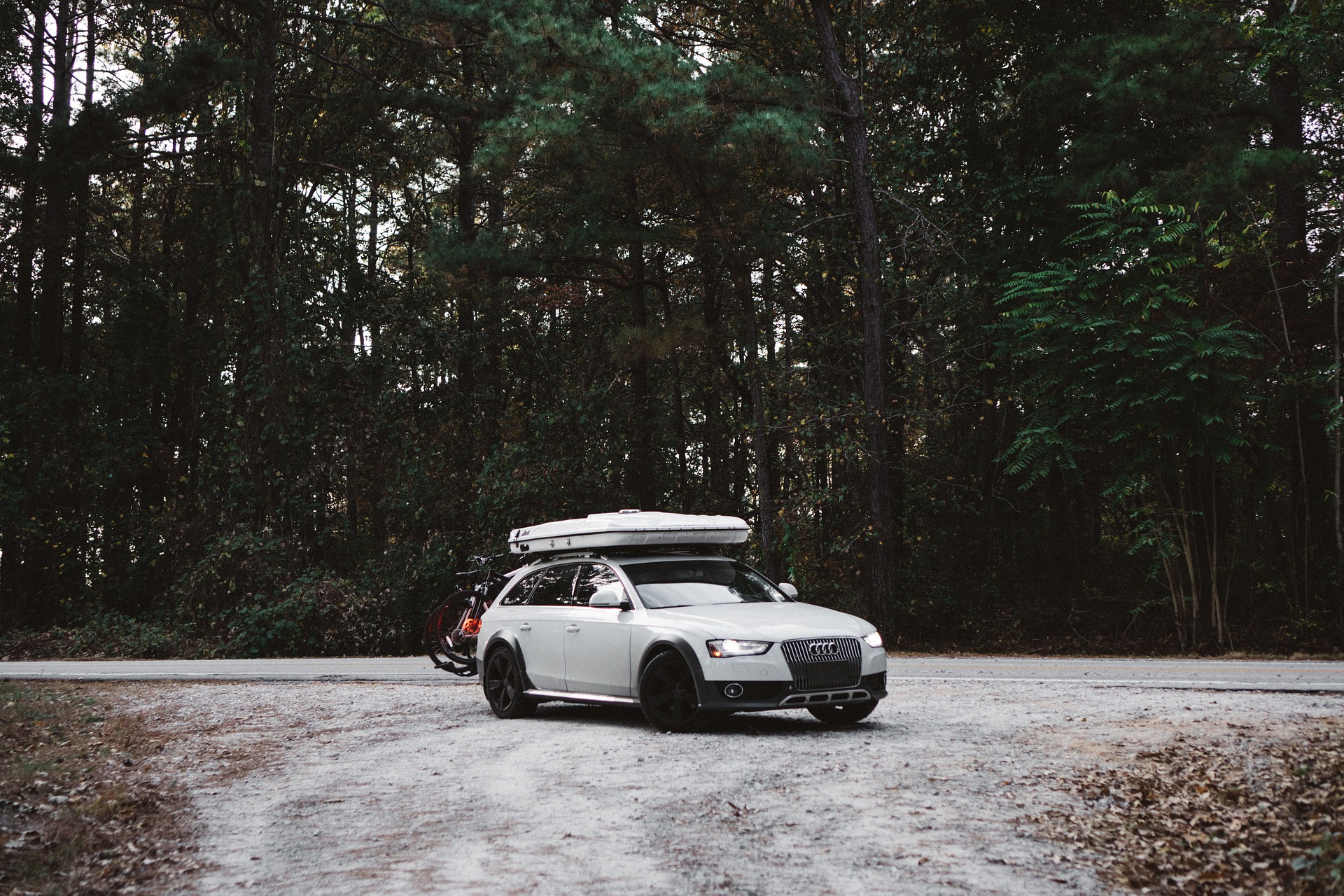
What To Take With You
The Highway Code advises motorists to take an emergency kit with them in case of adverse weather conditions.
The kit includes the following:
- De-icer
- Ice scraper
- Torch
- Warm clothing and boots
- First-aid kit
- Jump leads
- Shovel
- Warm drink
- Emergency food
Apart from these essentials, it could be useful to add a warning triangle and high-visibility vest. It is strongly recommendable to ensure your mobile phone is fully charged in case of an emergency.
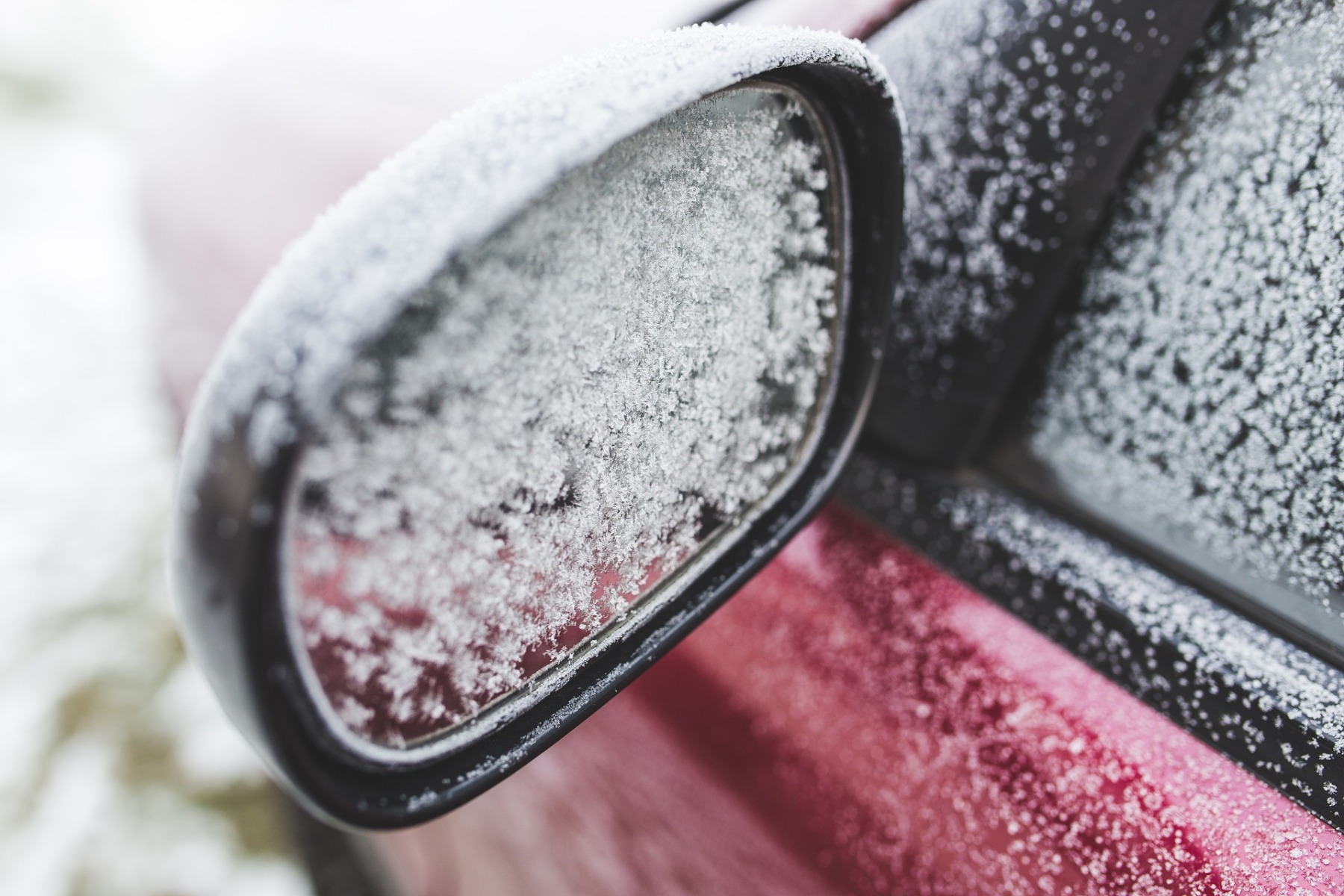
Prepare Your Vehicle
Before you start driving you must clear all the snow and ice off not only the windows but also off of, lights and number plates; the Highway Code states that lights and number plates must be clearly visible and legible. The snow on the roof of the car could slip and obscure your vision while driving. Don’t forget to remove the snow from all the roof.
Condensation on the windows and mirrors can obscure your vision while driving, please make sure they are free of condensation before driving away.
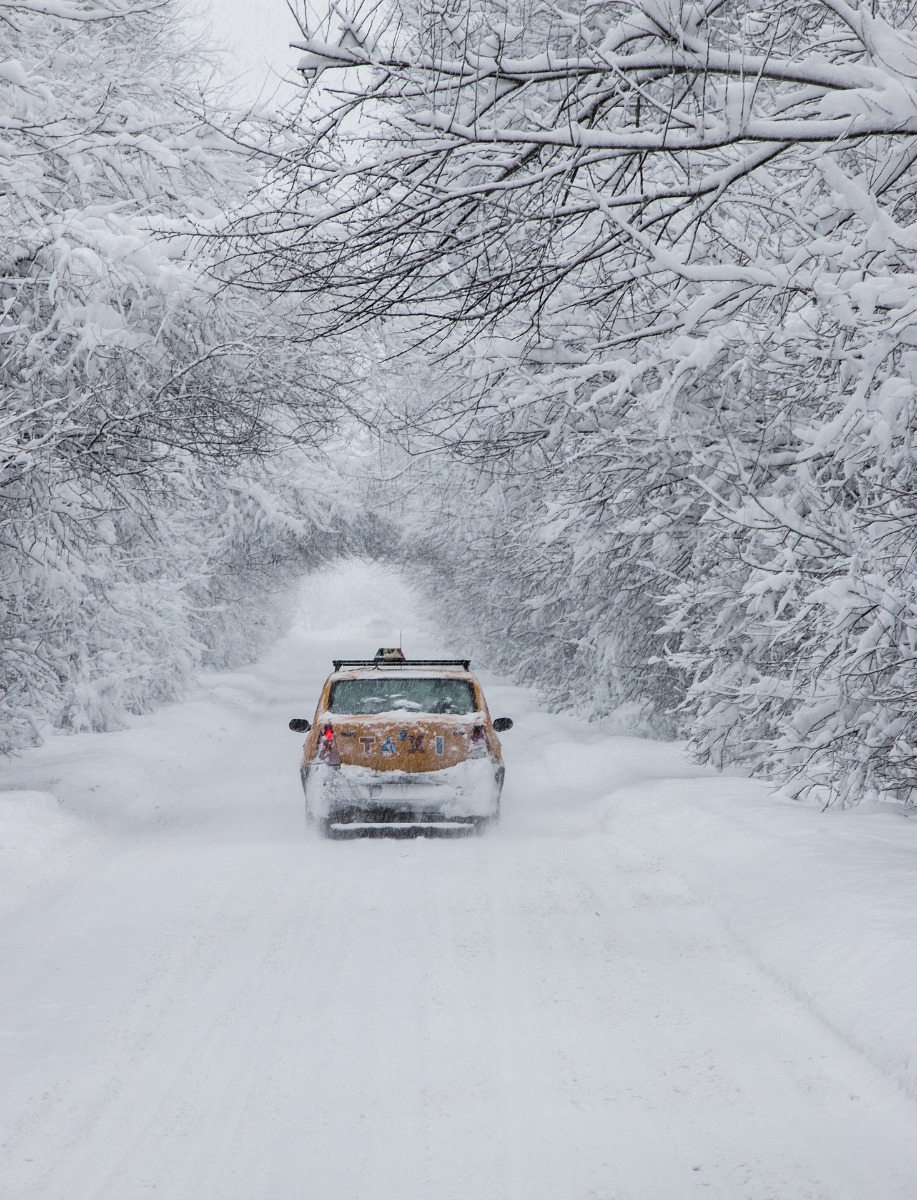
Driving In Snow & Ice
The most important thing to remember when you are on the road in wintery conditions please take extra care and drive cautiously.
Some additional tips for driving in wintery weather:
- If your vehicle is in deep snow and you are starting the engine, do not rev the vehicle as this will cause the wheels to dig in further! Instead, put the vehicle in the highest gear and manoeuvre gently backwards and forwards to creep out of the rut. Look out for temporary speed limit signs and drive slowly around corners.
- When visibility is poor, switch your headlights on. You can also switch on the fog lights, but ensure you switch them off once visibility improves.
- Increase the stopping distance in icy weather, so drop back as much as you can to maintain a safer buffer behind the vehicle in front.
- If the grip doesn’t work properly, it could indicate ice. Find a safe place to stop and test your grip.
- Please be aware that pedestrians will also be walking slower and could slip during bad weather conditions, therefore take extra care to avoid trying to get past quickly.
- In case your vehicle skids, your first reaction would be to press the brake! Do not brake. Take your foot off the accelerator and steer into the direction of the skid until you regain control.



